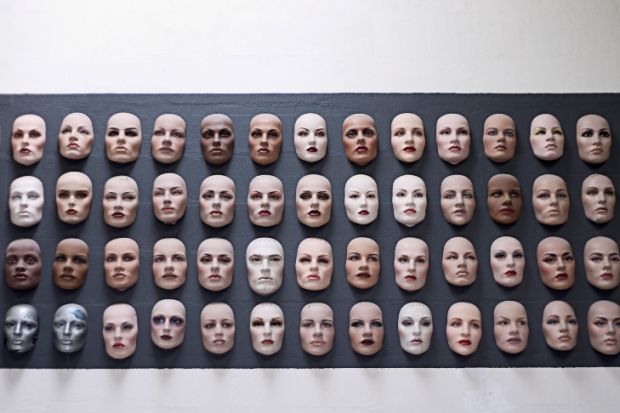While almost all Australian universities feature the word “diversity” in their strategic plans or statements, almost none define the term. And only about one-third acknowledge linguistic diversity in the equity sections of their websites, which mostly focus on gender, gender identity, sexual orientation and disability.
International students are rarely acknowledged in universities’ inclusion and diversity policies, despite supposedly helping domestic students acquire the “intercultural competence” employers demand in an increasingly globalised world.
An audit of Australian universities’ public documents has found that references to diversity and inclusion are little more than “aspirational statements” of “vague and inconsistent” notions, fashioned with an eye on student recruitment – in contrast to students’ “broader” and “more nuanced” conceptualisations of diversity.
While students see engagement with diverse groups and ideas as important to their learning experience, that engagement proves elusive – often because universities make few practical efforts to facilitate it.
“We have known for a while that bringing in students who are different from each other, and just hoping that they get along, doesn’t work,” said report co-author Samantha Marangell, a lecturer at the University of Melbourne’s Centre for the Study of Higher Education. “Research for over a decade has told us that that’s the case.”
But Dr Marangell said institutional efforts to promote diversity may not be as superficial as the public statements suggested. “It’s certainly possible that the way universities describe their approaches internally is much more nuanced,” she said.
“When the conversation is nuanced and complex, it can be tricky to [represent] on paper. Also…universities try to [avoid] a top-down approach, telling everybody exactly what they need to do in their classroom.”
The new report has emerged as Australia’s Labor government pressures universities to take diversity seriously. Education minister Jason Clare, who has highlighted inclusion as his policy priority, told a recent conference of university chancellors that he wanted Australian higher education to be one of the most accessible and equitable systems in the world.
He has already enshrined that approach in funding, with 20,000 new university places ring-fenced for students from disadvantaged backgrounds.
The study involved desktop research into 39 universities’ strategic and reconciliation plans, diversity and inclusion webpages and intercultural awareness activities. The team also interviewed 46 students from the University of Melbourne and UNSW Sydney about their perspectives and experiences of diversity.
It also probed the websites of 14 institutions in Canada, Hong Kong, Ireland, Singapore, the UK and US, finding many practical examples of inclusive activities. They included international student buddy schemes, a collaborative online international learning programme, a global languages programme where students regularly practise speaking foreign tongues, and a plethora of courses for students and staff.
One required participants to obtain intercultural experience by going abroad for more than six weeks, working in a cross-cultural environment for more than 100 hours or living in an international house for over a year. They also had to volunteer for international programmes, attend or organise globally-focused events on campus or serve on the executives of international students’ groups.
Dr Marangell said Australian students appeared dissatisfied with university representations of diversity that seemed crafted more for marketing than practical or pedagogical purposes.
“Students want to see more action. If that’s not visible, it might not feel like active support of diversity and inclusion. It might feel a bit more surface level.”
Register to continue
Why register?
- Registration is free and only takes a moment
- Once registered, you can read 3 articles a month
- Sign up for our newsletter
Subscribe
Or subscribe for unlimited access to:
- Unlimited access to news, views, insights & reviews
- Digital editions
- Digital access to THE’s university and college rankings analysis
Already registered or a current subscriber? Login










